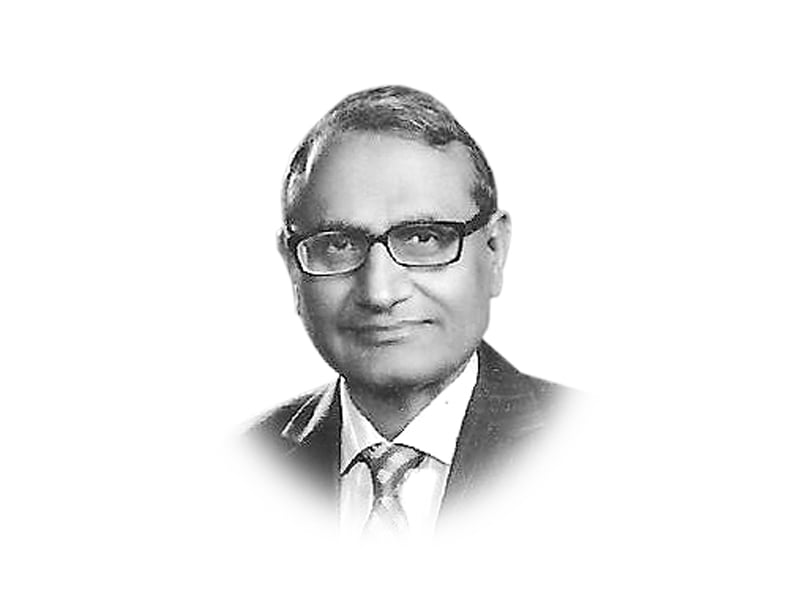
In the post-World War II period, some authoritarian states demonstrated that high growth was possible even in the Third World. Taiwan, Singapore, Hong Kong and South Korea were the shining examples. The developmental construct of the garrison state was applied to these economies to understand the nature of a pro-growth state. Lasswell’s own interest was not in the developing economies. He had predicted militarising states ruled by specialists in violence in the United States (US) and Europe. Ishtiaq applies the concept of a garrison state to Pakistan’s development by combining it with Hamza Alvi’s construct of a post-colonial state. He does not think that Pakistan has evolved as a national security state. The self-image of the fortress of Islam is, according to him, closer to the theoretical construct of a garrison state.
The consequences have been the development of political and social capital in support of military-dominated development. In this framework, the external factors play a key role. The military to military links with the US and the massive doses of economic assistance fall in perspective here. When the US failed to oblige in 1965, citing violation of agreements on no-use of arms against India, the state turned to China. “Having developed parasitic tendencies, Pakistan could not survive without a donor — and so, China was cultivated as a substitute,” says Ishtiaq. The parasitic tendencies continued during the period of General Zia. In addition, to the US support for the Afghan jihad, Saudi Arabia was cultivated as another aid giver. The Saudis had their own agenda to contain Iranian influence. The two developments reinforced the siege mentality and the ‘Islam ka Qila’ narrative. General Musharraf deployed the same narrative in a televised speech in 2002. The result is an unending harvest of extremism and terrorism, with a surplus for export. The consequences for economic and political development are there for all to see.
Democracy, whenever it got a chance, only served as a means to work out compromises among the military, bureaucratic and political elites. A pro-growth developmental state has failed to develop. A mad rush into privatisation, failure to tax the rich and an inability to contain the non-development expenditure are signs of a deeper malaise. But Ishtiaq thinks, “Pakistan can continue as a post-colonial garrison state as long as the donors are willing to provide it with the required resources and it can convince or coerce its population that the struggle for survival necessitates prioritisation of the allocation of scarce resources to security.”
Published in The Express Tribune, November 23rd, 2013.
Like Opinion & Editorial on Facebook, follow @ETOpEd on Twitter to receive all updates on all our daily pieces.
COMMENTS (3)
Comments are moderated and generally will be posted if they are on-topic and not abusive.
For more information, please see our Comments FAQ
1730450294-0/BeFunky-collage-(8)1730450294-0-405x300.webp)
1719925273-0/BeFunky-collage-(46)1719925273-0-165x106.webp)
1720088760-0/BeFunky-collage-(6)1720088760-0-165x106.webp)














Pakistan will survive despite all challanges,so called analysis will disappear soon. all nations have seen theri worst times,so pakistan is facing and eventually will get rid of the, Inshallahstrong text*strong text*
Absolutely correct. Every word is solid. Politicians will never willingly give up anything and abuse power for their own interest. But now the number of donors is dwindling fast. Pakistan has to learn fast.
Having developed parasitic tendencies, Pakistan could not survive without a donor — and so, China was cultivated as a substitute This particular statement hits the bulls eye....... First, the US (till 1965), then China(1965 to 1999), then back to US (2001 to 2010 -'War on Terror') and now back again to China... This tick-tock movement of Pakistan is the core issue.. Other states seem to utilize this desperateness of Pakistan, born out of 'Get Kashmir at any cost' is slowly taking Pakistan away from its centre of gravity.. What happens when you loose balance? You sway and collapse... Pakistan has started swaying already....